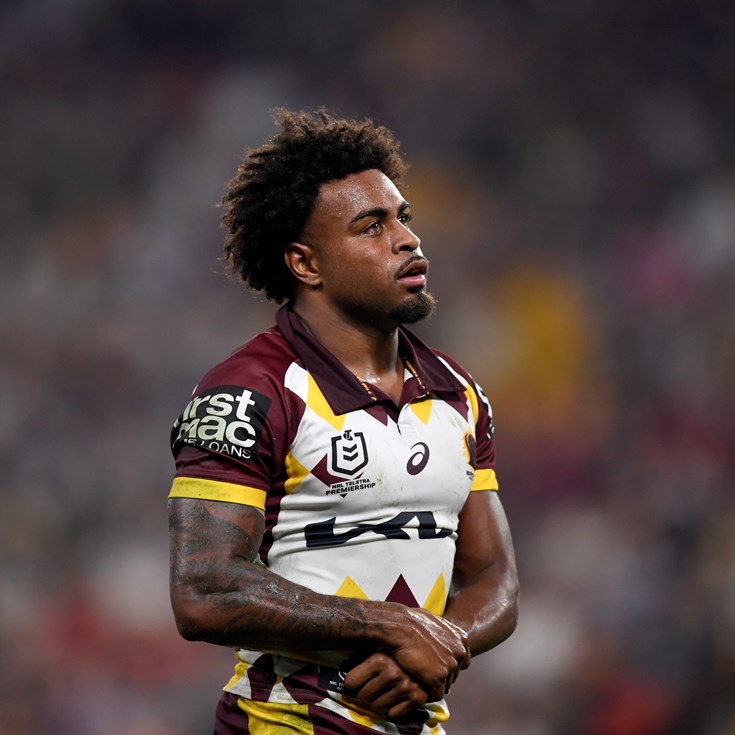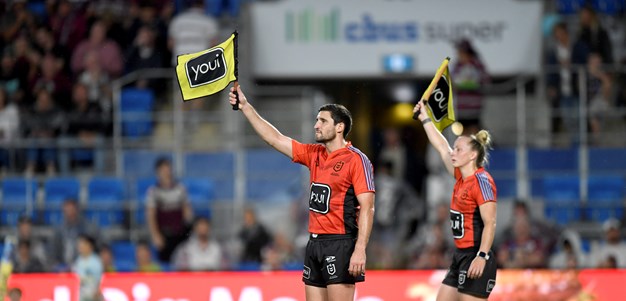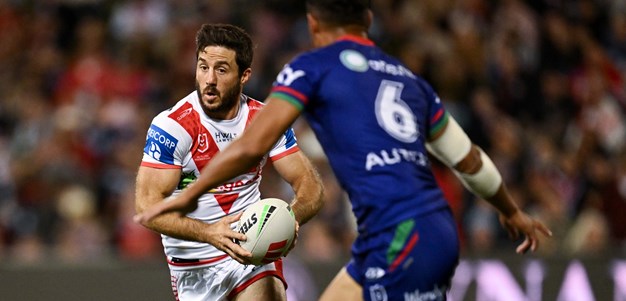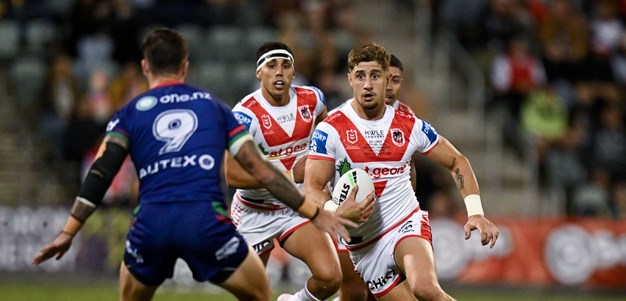There’s been considerable focus on concussion in light of recent research and media attention so we thought we’d outline to our fans a few of the initiatives we have in place.
Rugby league has been closely monitoring international research in relation to concussion and its management in sport.
We have introduced a number of rule changes at senior level in keeping with this research to manage the safety of athletes.
At junior level rugby league has led Australian sport in developing modified games from Mini (U6’s to U9’s) to Mod (U10’s to U12’s), safe play codes (to Under 15’s), codes of conduct and even new modifications such as Backyard League.
It is the most professionally organised across junior competitions with the strictest level of accreditation in terms of coaches, trainers and first aid.
As a game for young children, rugby league is inherently safe.
Both injury surveys and insurance analysis reports show that it has a rate of injury that is minimal and which compares favourably to other sports such as soccer, AFL and rugby.
Children’s Hospital Institute of Sports Medicine research shows that a junior player would need to be exposed to several hundred hours of playing time to incur any injury that would see them miss a game. The rate of injury per 1000 hours showed rugby league among the safest sports.
A review of sports injury insurance reports across sports by Dr Tony Carter estimates the rate of all probable concussions in rugby league range from 2/1000 player hours at the community level to 11/1000 player hours in the NRL. Other sports including AFL, Soccer and Rugby are at similar levels according to Dr Carter.
In terms of the American research into NFL players and possible brain injuries there are some key points to observe:
• The research is based on a game where the head and helmet are used as a weapon;
• Much of it focussed on repeated head clashes at training and playing - neither of which occur in rugby league;
• It is only relatively recently that the NFL has had rules against attacking the head of an opponent.
Clearly in rugby league the head is not used as a weapon and there are rules against attacking the head of an opponent. In terms of the Telstra Premiership, the incidence rate for concussions has been at a consistent rate over the last three years (4.2-4.3/1000 hours). This is demonstrated in the NRL Injury Surveillance reports carried out each year.
Those points made, rugby league is closely monitoring research into concussion.
It has over the last two years significantly strengthened rules around the management of concussion to the point where they are the strongest of any Australian sport.
Under our procedures:
• Every player undergoes a COGSTATE baseline test each year to establish their basic level of cognitive function. This is an important part of assessing a player’s recovery from concussion throughout the year.
• Where a player is injured on the field the trainer (who must have the appropriate first aid qualifications as part of his accreditation) must look for symptoms of concussion.
• If the trainer believes there are no immediate symptoms he must continue to monitor the player.
• If the trainer believes there are symptoms he must take the player to the Club Medical Officer for a clinical assessment.
• If there is a diagnosis of concussion the player cannot return to the game.
• The player cannot resume training or playing until further COGSTATE testing shows that he has returned to baseline cognitive function.
To date rugby league has based its procedures on the latest world research, the world conference on concussion in sport and it has enlisted the advice of recognised authorities including Dr Richard Parkinson, Dr Paul McCrory and Dr Gavin Davis.
It has also looked at further research options. One of these is a survey of former players that will assist, among other things, in gathering information on any long term symptoms of memory loss or dementia.
This is an incredibly problematic area given the many factors that may affect such an outcome.
The point of the questionnaire is to identify what research opportunities may emerge. It is not a scientific research project in its own right and will not be able to determine any level of Chronic Traumatic Encephalopathy (CTE) - a progressive degenerative disease in individuals with a history of multiple concussions and other forms of head injury. It is only possible at this stage to diagnose CTE by way of autopsy.
There is some further research being considered at Newcastle University in relation to concussion and rugby league.
Dr Richard Parkinson is developing further research into concussion within the game and a number of clubs have contributed to this work.
The Australian Rugby League Commission, through its Medical Officers and Research Committee, will continue to monitor world trends in this area and ensure that the rules protect the interests of the players.




